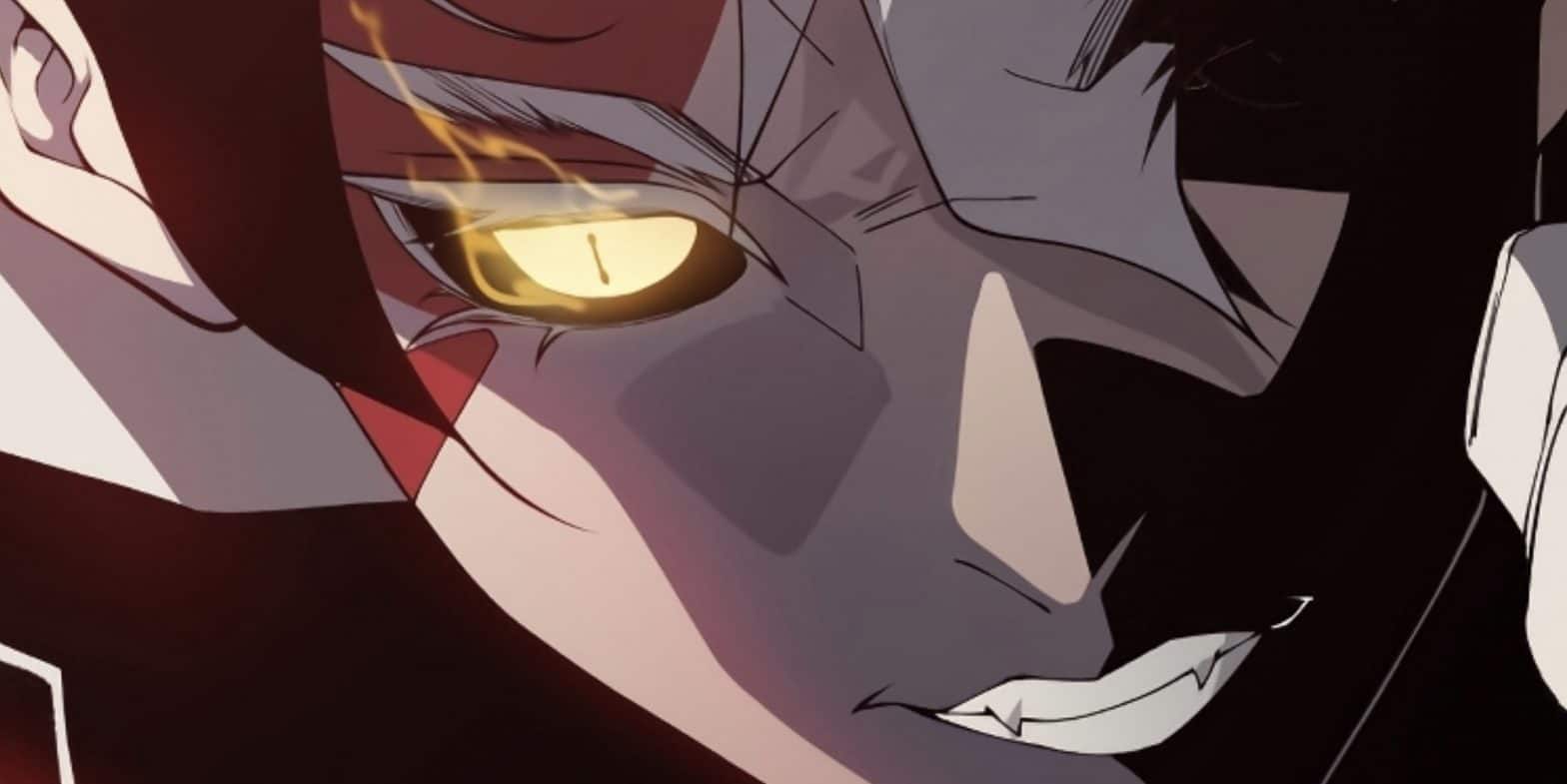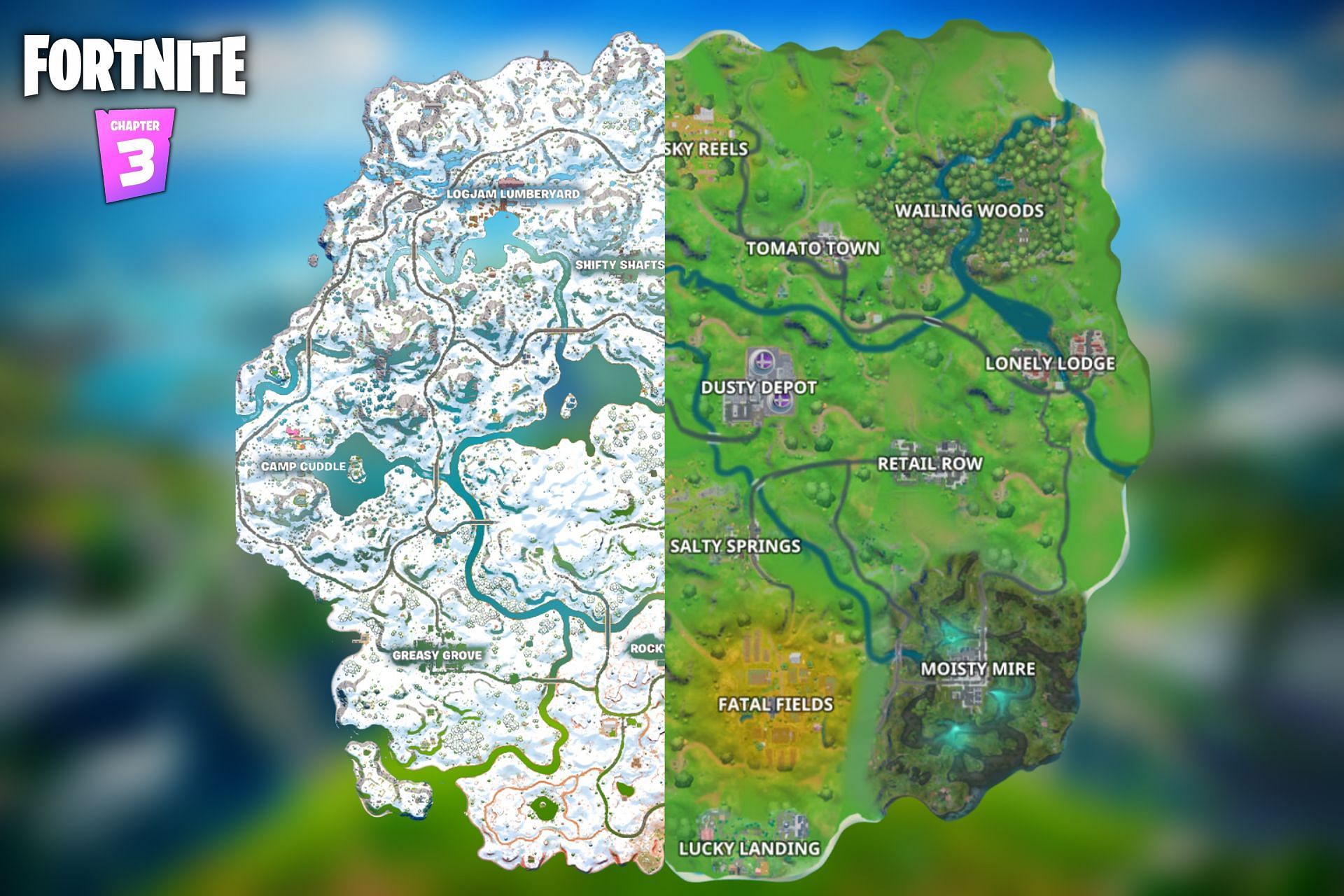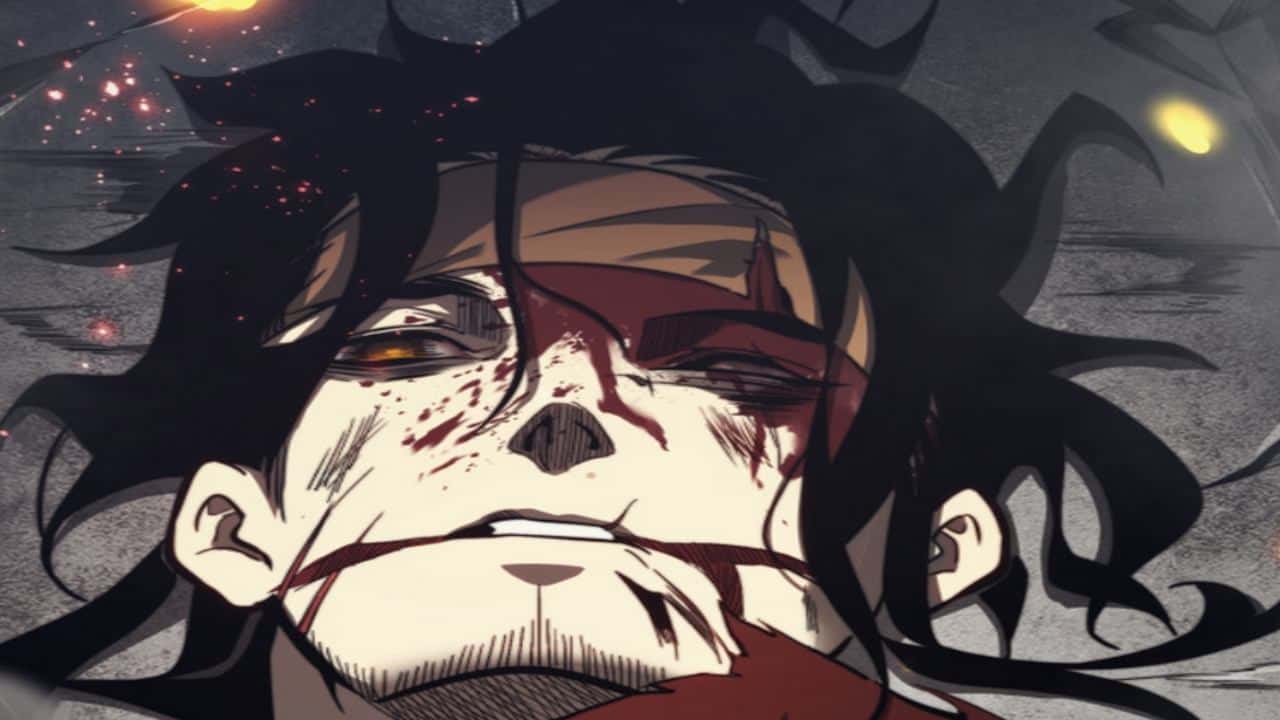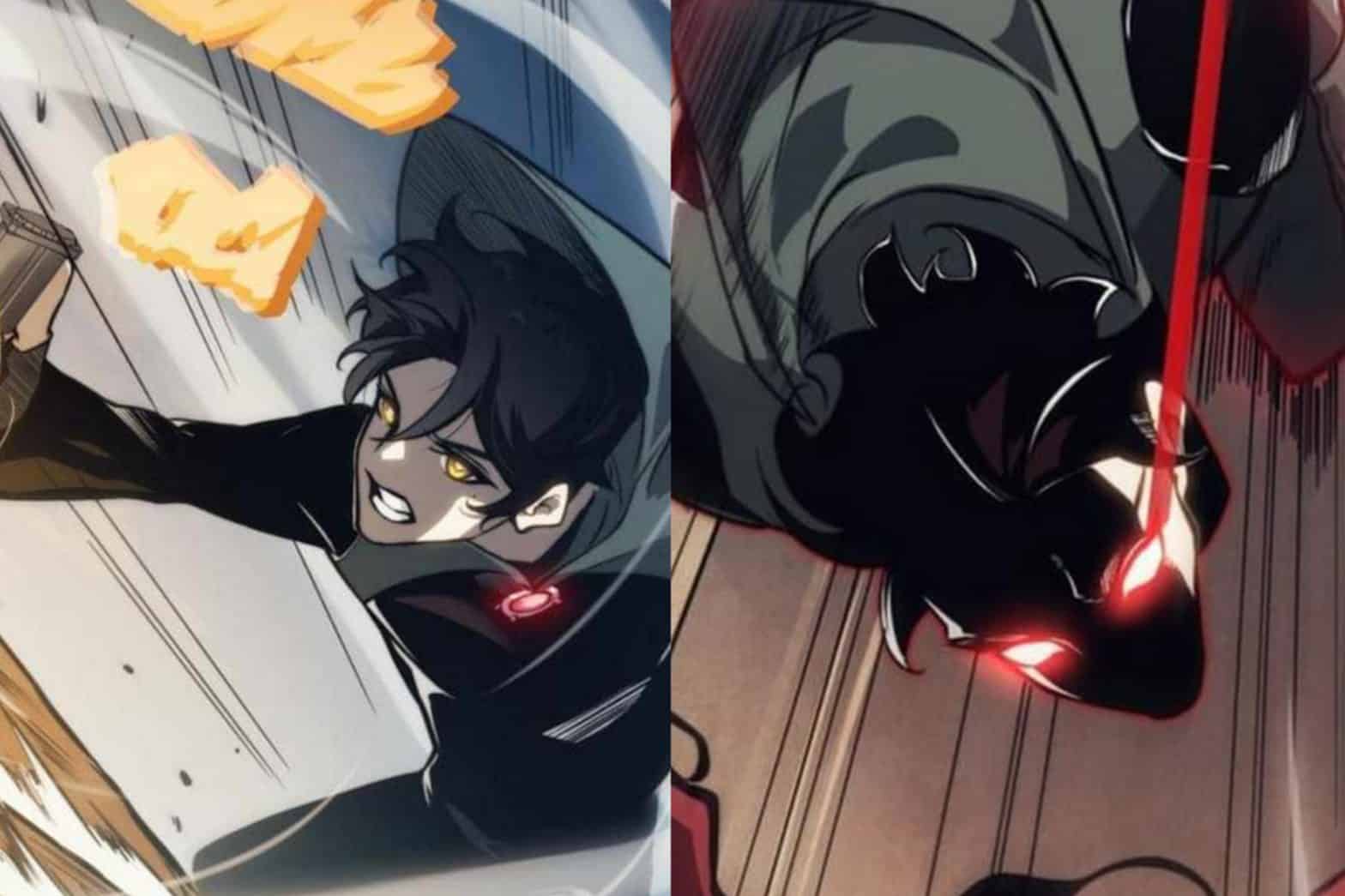Embarking on demon evolution chapter 20, we delve into a realm where darkness and transformation intertwine. This chapter unveils the protagonist’s journey as they undergo a profound metamorphosis, exploring the physical, psychological, and ethical implications of their newfound demonic powers.
From the origins of demonic evolution to the protagonist’s inner struggles, this chapter delves into the complexities of identity, morality, and redemption.
Demonic Evolution: A Journey Through Time

The concept of demons has been an integral part of human mythology and literature for millennia. These supernatural beings have evolved in their forms and powers over time, reflecting the changing beliefs and fears of humanity.
In ancient Mesopotamia, demons were seen as malevolent spirits that caused illness and misfortune. They were often depicted as grotesque creatures with animal heads and human bodies. Over time, demons became more associated with evil and sin, and they were often depicted as having horns, tails, and cloven hooves.
Famous Demons
- Asmodeus: A powerful demon in Jewish and Christian mythology, often associated with lust and greed.
- Baphomet: A goat-headed demon worshipped by the Knights Templar, who was later adopted by Satanists.
- Lilith: A female demon in Jewish mythology, often associated with childbirth and infant mortality.
- Lucifer: The fallen angel who became the devil in Christian mythology.
- Marduk: The Babylonian god of war, who was later demonized by the Hebrews.
Chapter 20: The Transformation

In Chapter 20, the protagonist embarks on a transformative journey that will forever alter their existence. This chapter marks a pivotal moment in their demonic evolution, as they confront their inner darkness and embrace their true nature.
As the chapter unfolds, the protagonist grapples with a profound internal struggle. The allure of power and the desire for vengeance consume them, driving them to the brink of a perilous path. They experience vivid visions and unsettling dreams, foreshadowing the inevitable metamorphosis that lies ahead.
Physical Changes, Demon evolution chapter 20
The protagonist’s physical form undergoes a drastic transformation. Their skin darkens, their eyes glow with an eerie luminescence, and their teeth sharpen into razor-like fangs. Claws extend from their fingertips, and their body contorts into a grotesque and fearsome shape. These physical manifestations are a reflection of their inner turmoil, as the demonic essence within them surges to the surface.
Psychological Changes
Accompanying the physical changes, the protagonist’s psychological state undergoes a profound shift. They become consumed by rage and a thirst for retribution. Their empathy and compassion wither away, replaced by a cold and calculating ruthlessness. The transformation alters their perception of reality, as they now see the world through the lens of darkness and despair.
Motivations and Consequences
The protagonist’s transformation is driven by a complex interplay of motivations. The desire for revenge against those who have wronged them fuels their descent into darkness. They seek power and dominance, believing that it will bring them solace and satisfaction. However, the consequences of their transformation are far-reaching.
As the protagonist embraces their demonic nature, they risk losing their humanity and becoming a mere shadow of their former self. Their relationships with loved ones are strained, and their actions have dire repercussions for the world around them. The transformation sets them on a perilous path, where the line between good and evil blurs, and the consequences of their choices will shape their destiny.
The Power of Darkness: Demon Evolution Chapter 20

After their transformation, the protagonist gains immense power, including enhanced physical abilities, control over darkness, and the ability to summon and command demons. However, these powers come with limitations and ethical implications.
Abilities and Limitations
The protagonist’s enhanced physical abilities grant them superhuman strength, speed, and durability. They can now leap over tall buildings, run faster than a speeding bullet, and withstand powerful attacks. Their control over darkness allows them to manipulate shadows, create illusions, and even travel through darkness. They can also summon and command demons, using them as allies or as weapons.
However, the protagonist’s newfound powers also have limitations. Their physical abilities are still finite, and they can be defeated by opponents with superior strength or durability. Their control over darkness is imperfect, and they can only manipulate it within a certain range. Additionally, summoning and commanding demons requires a great deal of energy, and the protagonist can only maintain control over a limited number of them at a time.
Ethical Implications
Wielding demonic power raises ethical and moral concerns. The protagonist must grapple with the temptation to use their powers for selfish or destructive purposes. They must also consider the consequences of their actions on others, both human and demonic.
The protagonist’s newfound powers can be used for good or evil. They can use their strength to protect the innocent, fight against injustice, and bring about positive change. Alternatively, they can succumb to the allure of power and use it to dominate others, inflict pain, or spread chaos. The choices the protagonist makes will shape their destiny and the fate of those around them.
The Battle Within

The protagonist’s inner conflict is a reflection of the classic struggle between good and evil. As they embrace their demonic nature, they must confront the consequences of their actions and the potential for their own corruption. This conflict raises profound questions about the nature of identity, morality, and the possibility of redemption.
Identity and Morality
The protagonist’s transformation challenges their sense of self. They must grapple with the question of who they are and what they stand for. Their demonic nature threatens to consume them, blurring the lines between right and wrong. As they navigate this treacherous path, they must find a way to reconcile their past with their present and to forge a new identity that embraces both their human and demonic aspects.
Redemption and Transformation
The protagonist’s journey is not simply a descent into darkness but also a potential path to redemption. Through their struggles, they may come to a deeper understanding of themselves and the world around them. They may learn to control their demonic powers and use them for good. The possibility of redemption offers a glimmer of hope amidst the darkness, suggesting that even those who have fallen from grace may find a way to rise again.
Dialogue between the Protagonist and Their Inner Demon
The inner conflict faced by the protagonist can be dramatized through a dialogue between them and their inner demon. This dialogue could explore the protagonist’s fears, doubts, and desires, as well as the demon’s temptations and threats.
Protagonist: Who am I? What have I become?
Inner Demon: You are a demon, a creature of darkness. You have embraced your true nature.
Protagonist: But I don’t want to be evil. I don’t want to hurt others.
Inner Demon: Then fight against it. Resist your destiny. But know this, the darkness will always be within you, waiting to consume you.
Protagonist: I won’t give in. I will find a way to control it.
Inner Demon: We shall see. The path you have chosen is fraught with peril. But know this, if you falter, I will be there to claim your soul.
Outcome Summary

Demon evolution chapter 20 culminates in a captivating exploration of the protagonist’s transformation, showcasing the power of darkness and the battle within. Through this chapter, we gain insights into the ethical and moral implications of wielding demonic power, leaving us with a profound understanding of the complexities of good and evil.
FAQ Guide
What is the significance of the transformation in chapter 20?
The transformation in chapter 20 marks a pivotal moment in the protagonist’s journey, as they embrace their demonic nature and undergo profound physical and psychological changes.
How does the protagonist grapple with their newfound powers?
The protagonist experiences an inner conflict as they navigate the ethical and moral implications of wielding demonic power. They must confront their own identity and make choices that shape their destiny.


